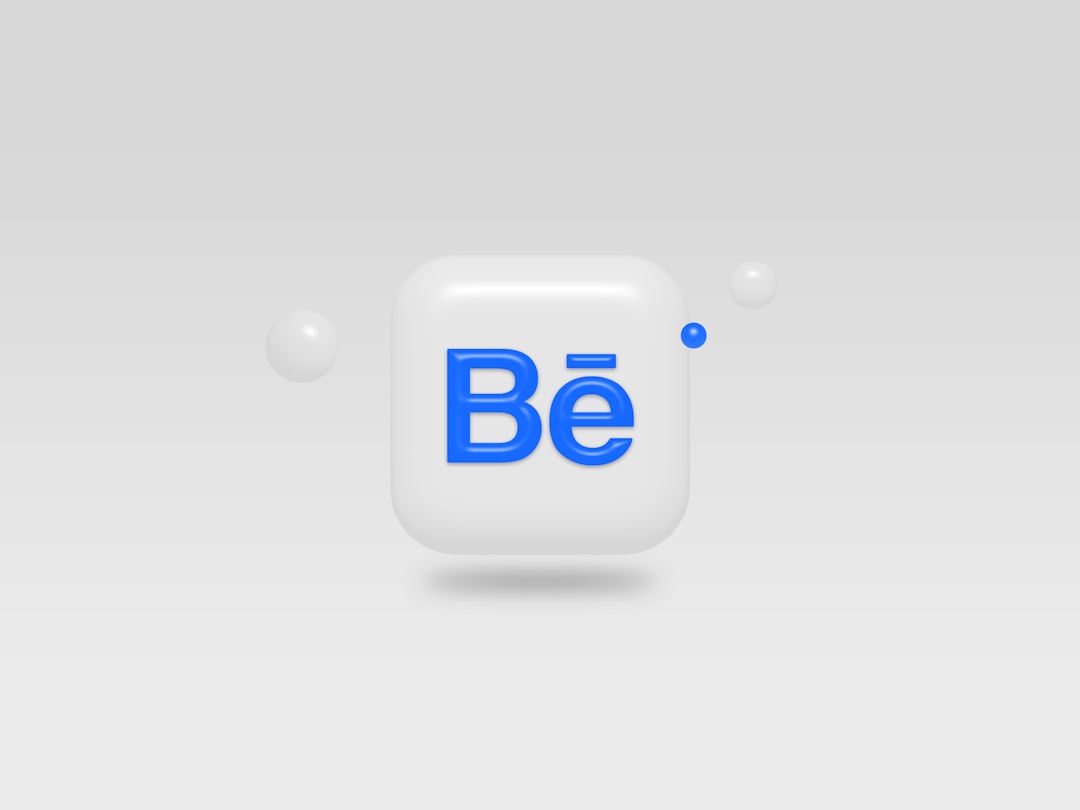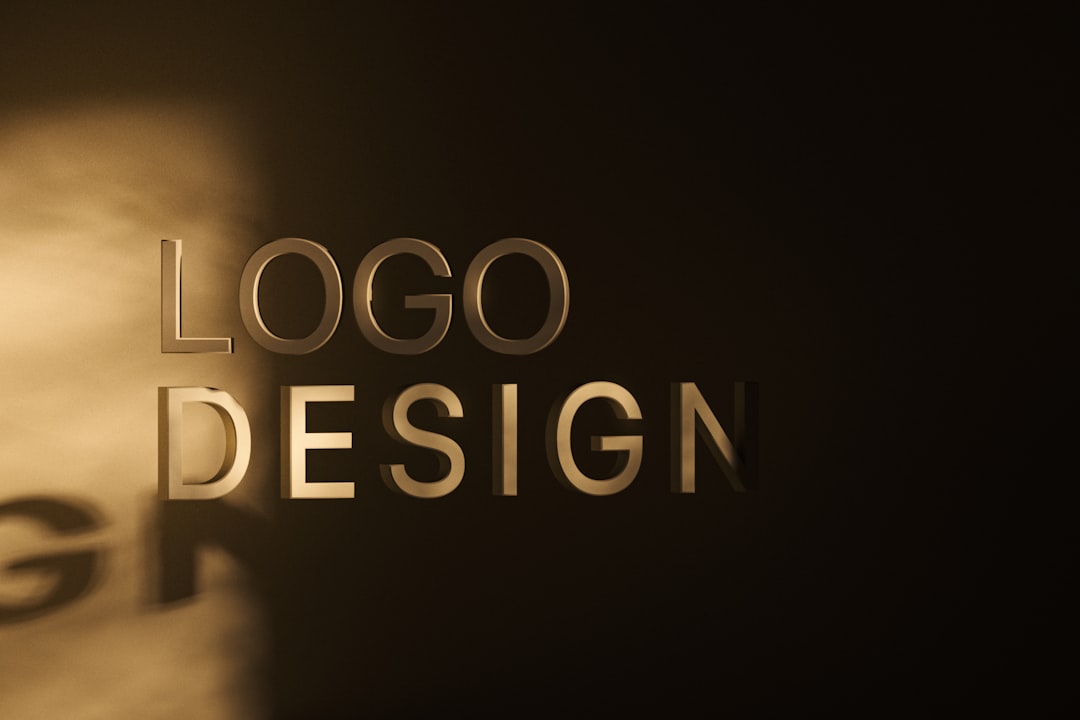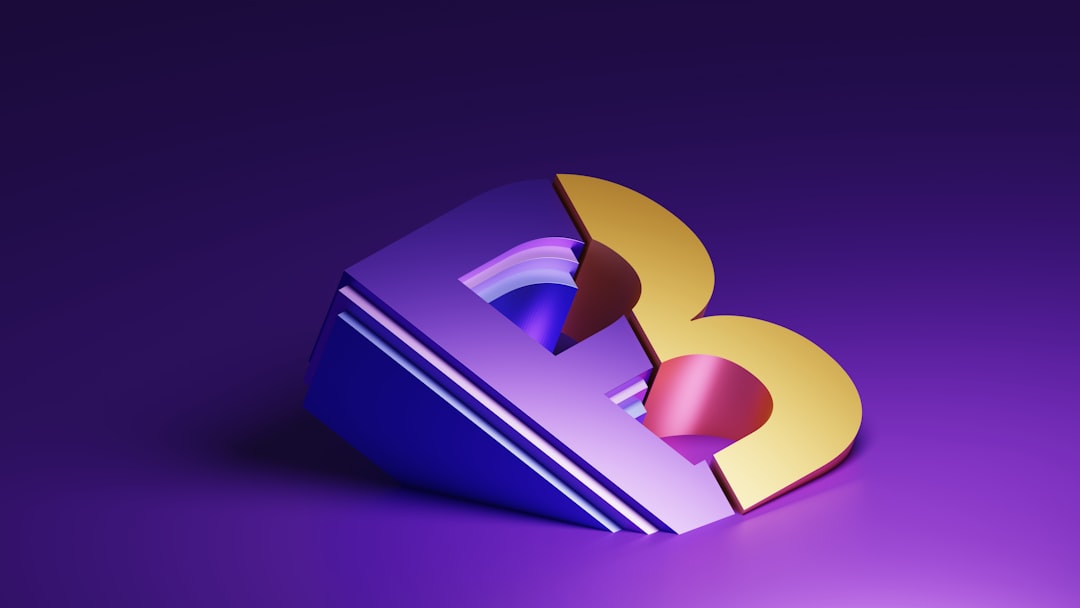Enterprise logos are more than just symbols; they are the visual handshake of B2B companies. These marks encapsulate trust, professionalism, and long-term value in just a few pixels or lines. While consumer-facing brands often chase trends and emotional pull, the identity of B2B sellers must speak to scale, resilience, and strategic alignment. So, what exactly makes these logos so impactful, and how can they evolve to meet the growing needs of enterprise-scale operations?
TLDR: A Logo That Means Business
B2B enterprise logos prioritize simplicity, reliability, and flexibility over flash. Companies are designing visual identity systems that function across vast digital and global landscapes. A successful B2B logo scales effortlessly, remains industry-appropriate, and builds long-term brand equity. Understanding the unique visual pressures of enterprise clients unlocks insights into how these logos are built and evolve.
The Purpose of Looks in Enterprise: More Than Just Visual
In the consumer world, aesthetics can veer toward novelty or emotional flash. But in the enterprise landscape, good design translates to credibility. These logos must articulate values like:
- Stability and Longevity: Enterprise clients seek partnerships that last for years. Logos must reflect legacy and endurance.
- Security and Trust: With sensitive data and capital on the line, a logo becomes shorthand for corporate ethics and accountability.
- Global Flexibility: A logo appears everywhere—from pitch decks and software interfaces to building signage and tradeshow booths. It must stay consistent across continents and formats.
It’s not just about how the logo looks, but also how it works. The technical demands require that designers consider functionality over flair. A scalable, responsive identity system outperforms ornate emblems in virtually every enterprise use case.
Minimal Complexity, Maximum Impact
The golden rule of modern B2B logos? Keep it simple. Enterprise clients don’t want to decode abstract symbolism or comb through intricate patterns. A good B2B logo:
- Adheres to geometric clarity
- Leverages simple typography
- Incorporates one or two dominant colors
- Can be inverted into black, white, or single-color applications

Consider IBM’s classic striping or Salesforce’s cloud-shaped lockup. These logos are trademarked for their unmistakable forms but remain whisper-quiet in color and detail. The objective is brand recognition, not decoration.
Systems, Not Just Symbols
Modern enterprises don’t just need a logo—they need a flexible, scalable visual identity system. That means avatars, icons, interface harmonization, and adaptation to digital platforms. A single mark must thrive across:
- Web dashboards
- Mobile app splash screens
- Enterprise software integrations
- Pitch decks and presentations
- Event signage, swag, and booth displays
The rise of dynamic systems has made logos evolve from static lockups to design ecosystems. Think Google Cloud’s modular graphic language or HubSpot’s spinning “sprocket” motif—a multi-use brand asset that functions like visual glue.
This makes consistency key. Guidelines need to account not just for color and size, but also naming conventions, iconography, and partnerships. Brand kits now include libraries of icons, patterns, and even motion-responsive variants of the primary logo.
Legibility Across Environments
One reason intricate B2C logos often fail in B2B fields? Enterprise environments rarely allow optimal placement. Logos might only appear as a favicon, a product watermark, or a quick-glimpse ad on LinkedIn. This constrained environment forces design teams to prioritize legibility and contrast over flourish.
Effective enterprise logos work no matter where they live. This includes situations where space, bandwidth, or contextual clarity is limited:
- On a mobile phone screen at 50px height
- Laser-etched into a hardware product
- Displayed in monochrome on a technical datasheet

Designers often exploratory-test logos in dozens of use cases before finalizing them. Responsive logo design—a method of creating scalable, adaptable versions of a logo—has become a standard investment for serious enterprise identity builds.
Typography Tells the Tone
Typography is one of the most underestimated components of an enterprise logo. Yet, type carries immense weight in defining energy and attitude. Serif fonts suggest tradition and authority. San-serifs often convey speed, logic, and modernity. Monospaced type communicates tech-savvy minimalism.
For example:
- IBM’s slab-serif evokes industrial-era legacy
- Zendesk’s rounded sans-serif reflects approachability and CX focus
- Oracle’s sharp, geometric lettering speaks to precision and high-level technology
Many enterprise identity systems select custom-designed typefaces. These provide an added layer of originality and IP protection while ensuring that every use of text aligns tonally with the brand’s visual direction.
Color Strategy: Beyond the Palette
Color in enterprise logos is less about standing out and more about fitting in—strategically. Bolder color hierarchies inject vibrancy, but subtlety usually rules. The aim is to signal maturity and harmony.
Some classic techniques include:
- Blues and greys: Most common in finance, tech, and cybersecurity—these evoke trust, logic, and control.
- Muted earth tones: Often appear in supply chain, logistics, and energy sectors, signaling efficiency and capability.
- Accent pops: Used sparingly (orange, teal, lime) to highlight innovation without jarring the eye.
The palette extends beyond the logo too, curating interface elements, slide decks, and email templates. Cohesion is critical—color must support usability in digital systems as much as it identifies the business externally.
Rebrands: When Changing Logos Means Changing Mindsets
Behind many enterprise rebrands is a signal: we’re evolving. Whether it’s a merger, global expansion, or a pivot to digital products, the new logo often speaks volumes before the press release ever goes out.
Here are a few catalysts that commonly precede a logo redesign:
- New leadership and vision
- Global expansion or channel diversification
- Introduction of a platform-based product model
- Modernization of tech or UI stack
Slack’s evolution from a hashtag-inspired motif to a modular speech-bubble system mirrored its growing need for broader communication beyond messaging. Similarly, Mailchimp leaned into quirk with hand-drawn typography to distinguish itself while still servicing enterprise-scale marketing users. These transitions require strategic design thinking—and laser-precise execution.

The Bottom Line: Form That Follows Functionality
Great enterprise logos are not only beautiful—they are functional assets. They reduce decision fatigue, standardize experience, and project confidence to boardrooms, CTOs, and procurement teams alike. As the sophistication of the B2B buyer continues to evolve, and as digital transformation normalizes real-time global interactions, your logo must do more than represent your brand—it must scale with it.
Investing in a thoughtful, resilient logo for enterprise use is not just an aesthetic choice—it’s a business strategy. The most iconic B2B brands understand this. Their logos work hard everywhere they go, and they’ve got decades of trust baked into every pixel.



